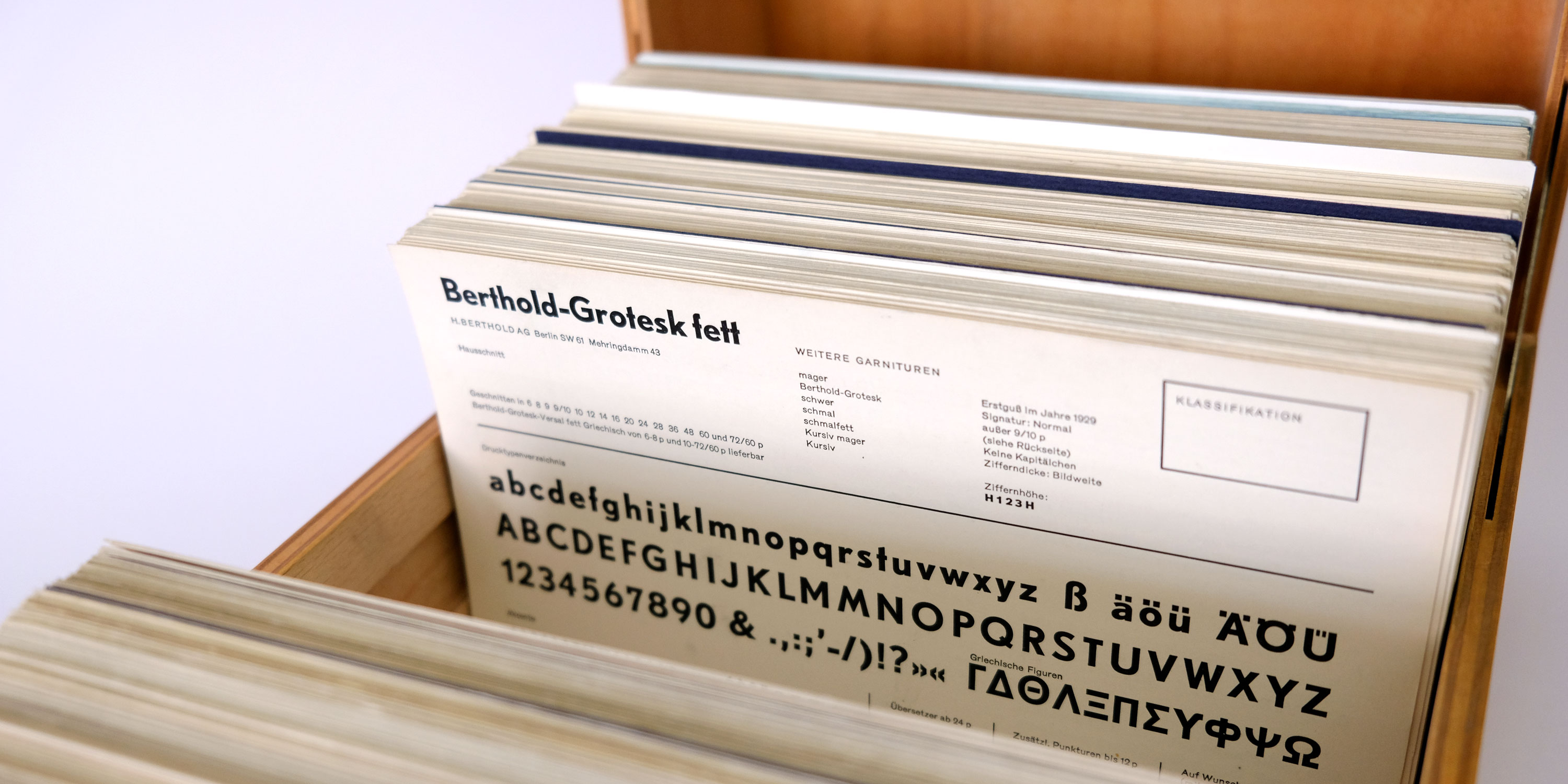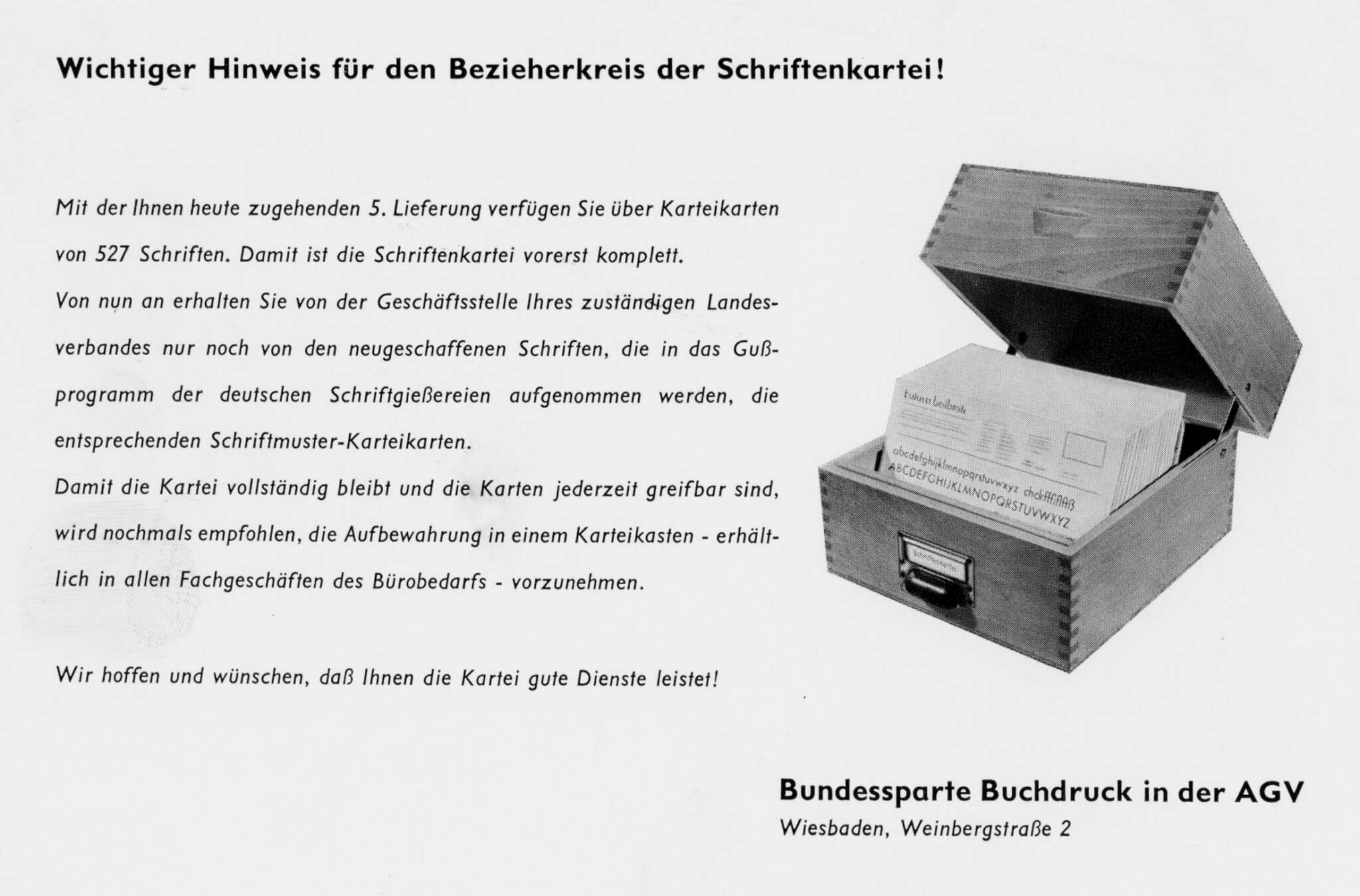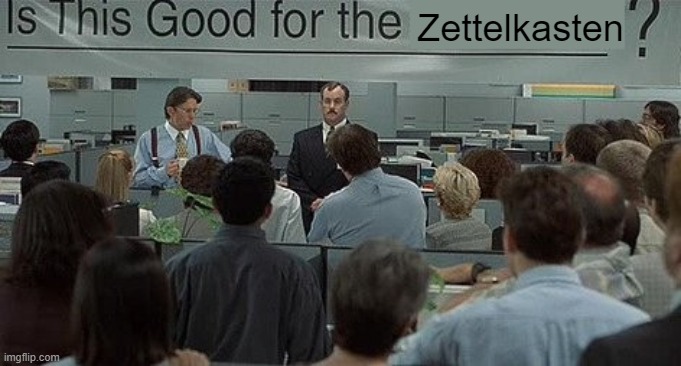reply to u/atomicnotes at https://www.reddit.com/r/Zettelkasten/comments/16njtfx/comment/k1tuc9c/?utm_source=reddit&utm_medium=web2x&context=3
u/atomicnotes, this is an excellent question. (Though I'd still like to come to terms with people who don't think it acts as a knowledge management system, there's obviously something I'm missing.)
Some of your distinction comes down to how one is using their zettelkasten and what sorts of questions are being asked of it. One of the earliest descriptions I've seen that begins to get at the difference is the description by Beatrice Webb of her notes (appendix C) in My Apprenticeship. As she describes what she's doing, I get the feeling that she's taking the same broad sort of notes we're all used to, but it's obvious from her discussion that she's also using her slips as a traditional database, but is lacking modern vocabulary to describe it as such.
Early efforts like the OED, TLL, the Wb, and even Gertrud Bauer's Coptic linguistic zettelkasten of the late 1970s were narrow enough in scope and data collected to make them almost dead simple to define, organize and use as databases on paper. Of course how they were used to compile their ultimate reference books was a bit more complex in form than the basic data from which they stemmed.
The Mundaneum had a much more complex flavor because it required a standardized system for everyone to work in concert against much more freeform as well as more complex forms of collected data and still be able to search for the answers to specific questions. While still somewhat database flavored, it was dramatically different from the others because of it scope and the much broader sorts of questions one could ask of it.
I think that if you ask yourself what sorts of affordances you get from the two different groups (databases and word processors (or even their typewriter precursors) you find even more answers.
Typewriters and word processors allowed one to get words down on paper quicker by a magnitude of order or two faster, and in combination with reproduction equipment, made it easier to spin off copies of the document for small scale and local mass distribution a lot easier. They do allow a few affordances like higher readability (compared with less standardized and slower handwriting), quick search (at least in the digital era), and moving pieces of text around (also in digital). Much beyond this, they aren't tremendously helpful as a composition tool. As a thinking tool, typewriters and word processors aren't significantly better than their analog predecessors, so you don't gain a huge amount of leverage by using them.
On the other hand, databases and their spreadsheet brethren offer a lot more, particularly in digital realms. Data collection and collation become much easier. One can also form a massive variety of queries on such collected data, not to mention making calculations on those data or subjecting them to statistical analyses. Searching, sorting, and making direct comparisons also become far easier and quicker to do once you've amassed the data you need. Here again, Beatrice Webb's early experience and descriptions are very helpful as are Hollerinth's early work with punch cards and census data and the speed with which the results could be used.
Now if you compare the affordances by each of these in the digital era and plot their shifts against increasing computer processing power, you'll see that the value of the word processor stays relatively flat while the database shows much more significant movement.
Surely there is a lot more at play, particularly at scale and when taking network effects into account, but perhaps this quick sketch may explain to you a bit of the difference you've described.
Another difference you may be seeing/feeling is that of contextualization. Databases usually have much smaller and more discrete amounts of data cross-indexed (for example: a subject's name versus weight with a value in pounds or kilograms.) As a result the amount of context required to use them is dramatically lower compared to the sorts of data you might keep in an average atomic/evergreen note, which may need to be more heavily recontextualized for you when you need to use it in conjunction with other similar notes which may also need you to recontextualize them and then use them against or with one another.
Some of this is why the cards in the Thesaurus Linguae Latinae are easier to use and understand out of the box (presuming you know Latin) than those you might find in the Mundaneum. They'll also be far easier to use than a stranger's notes which will require even larger contextualization for you, especially when you haven't spent the time scaffolding the related and often unstated knowledge around them. This is why others' zettelkasten will be more difficult (but not wholly impossible) for a stranger to use. You might apply the analogy of context gaps between children and adults for a typical Disney animated movie to the situation. If you're using someone else's zettelkasten, you'll potentially be able to follow a base level story the way a child would view a Disney cartoon. Compare this to the zettelkasten's creator who will not only see that same story, but will have a much higher level of associative memory at play to see and understand a huge level of in-jokes, cultural references, and other associations that an adult watching the Disney movie will understand that the child would completely miss.
I'm curious to hear your thoughts on how this all plays out for your way of conceptualizing it.




